Next time you’re headed to the waste bin to discard your kitchen scraps, pause and reconsider. Did you know that just about every part of produce – from green tops to root ends and stalks to spent rinds, can easily be transformed into something useful?
We asked ten zero-waste and sustainability experts from all over the world to share their innovative ideas on food scraps: which parts to save and what to make from them, so you too can start experimenting with yours, reducing waste and reaping the rewards of an eco-friendly lifestyle.
Watermelon Rind Jelly, Veggie Stock From Scraps And A Cauliflower Leaf Side Dish
Kathryn Kellogg of Going Zero Waste offers her zero-waste tips:
“I love using the odds and ends of plants that most people toss out. One of my favourite recipes for the transition of summer into fall is watermelon rind jelly. All you need is peeled watermelon rinds (try to get the toughest dark green part off), a peeled and cubed apple, 1/4 cup of sugar, 1/2 a large lemon, and a teaspoon of vanilla extract. Add everything to a saucepan and bring to a boil. Then cover and reduce to a simmer for about an hour. Let it cool, blend it all up, and enjoy!
“I also like to save up veggie scraps like onion and carrot skins, mushroom, and celery ends to make veggie stock. I store them in the freezer until I’ve gathered enough and then boil everything in some water for about an hour to get a nice broth. Thereafter, I strain the scraps and save the broth for literally anything.
“Cauliflower leaves can also be utilised by serving them roasted as a side dish. They taste amazing with some olive oil, a little salt, pepper, nutritional yeast and chili flakes. I love pairing it with sweet and spicy cauliflower.”
Kathryn Kellogg is the founder of Going Zero Waste, a lifestyle website dedicated to helping others live a healthier and more sustainable life. She’s a spokesperson for plastic-free living for National Geographic, Chief Sustainability Officer at the One Movement, and author of 101 Ways to Go Zero Waste, which breaks eco-friendly, sustainable living down into an easy step-by-step process with lots of positivity and love. Visit her on Instagram, Pinterest and TikTok.
Regrowing Spring Onions And Beetroot From Scraps
Paul Anderton and Robin Daly of Two Dirty Boys offer their zero-waste tips:
“During the long summer of 2020, we challenged ourselves to grow as much produce as possible from our kitchen scraps. We soon realised that most of the cuttings and scrapings bound for the compost heap, or the dustbin could be given new life. Here are a couple of examples from our experience.
“Spring Onions: Simply retain one inch of the root end of the vegetable for regrowing. Fill a jar with pebbles or marbles and position each cutting with the root end downwards amongst the stabilisers. Fill the jar with water to cover the roots, leaving the top of the cuttings above the water. Place on a bright windowsill and refresh the water each day. Harvest the freshly grown leaves when desired.
“Beetroot: The top inch or so of a beetroot root can be used to regrow fresh beetroot greens – they’re wonderful in salad or in dishes as a spinach substitute. Start by removing the existing wilted leaves. Place multiple beetroot tops in a flat-bottomed waterproof tray and fill the tray with water. Within a day or two new leaves should start to emerge. And you’ll soon be rewarded with a miniature field of fresh beetroot plants.”
Paul Anderton and Robin Daly run an allotment in Bow, East London. They are authors of two books ‘Regrown: How to grow fruits, herbs and vegetables from kitchen scraps’ and ‘Propagate: how to regrow your houseplants’. Follow them on Instagram.
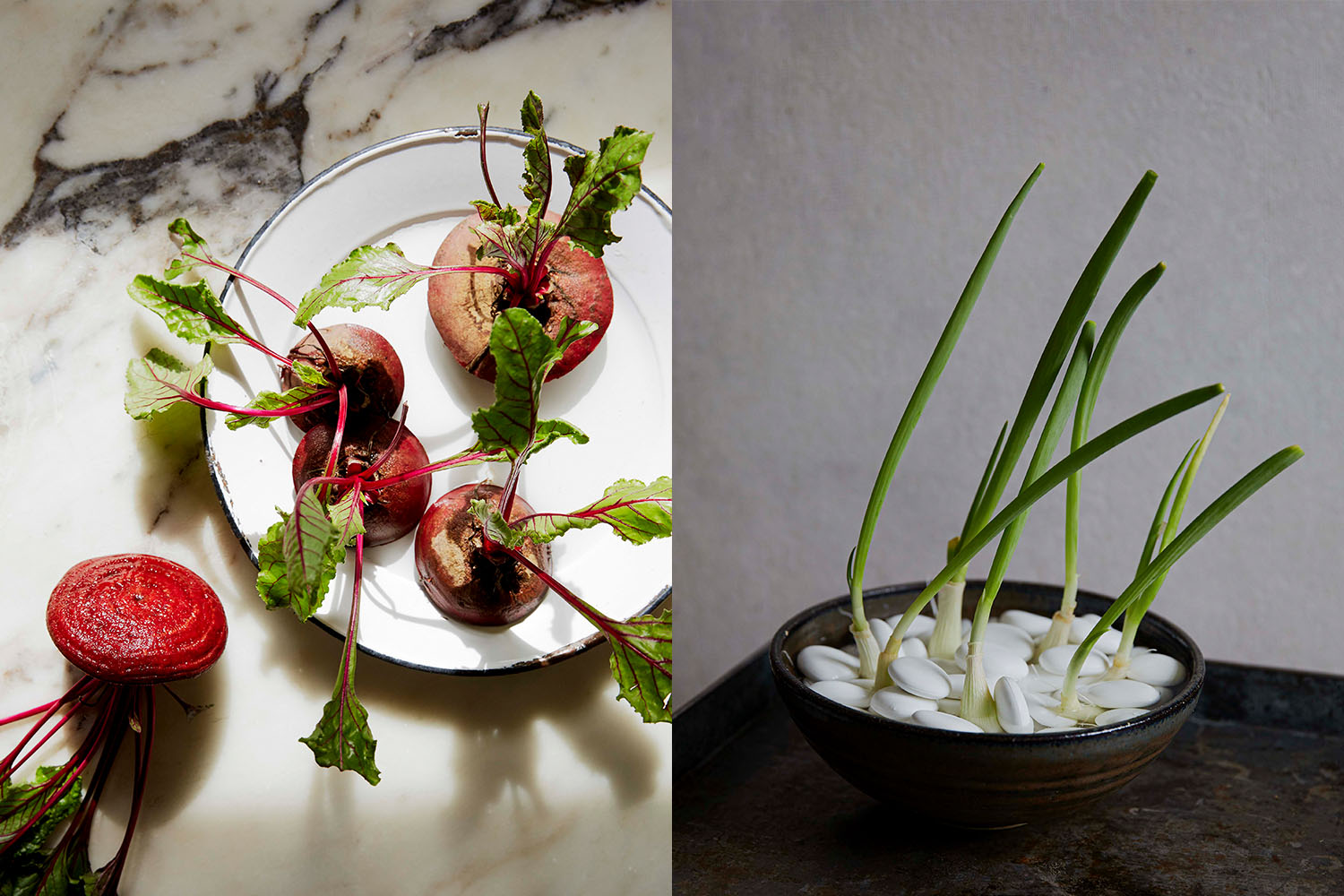
Photos courtesy: Paul Anderton and Robin Daly
Broccoli Stalks In Soup, Stock And More
Fiona Hawkes of Savvy In Somerset offers her zero-waste tips:
“Many people throw away broccoli stalks but there is no need for them to end up in the bin. Broccoli stalks are high in fibre but low in calories and are perfect for adding to a range of dishes.
“While the easiest way to prepare the stalks is to chop them into pieces and add them to soup or stock, grating makes them way easier to work with as they cook more quickly and opens up a whole world of recipes they can be used in, including stir-fry, fritters, frittata, omelette, and quiche. Simply add the grated broccoli stalks to the pan when sauteing other vegetables such as onions or peppers!
“Finely grated broccoli stalks can also be added to pasta sauces as a hidden vegetable and are especially perfect if you’re trying to get the kids to eat more greens. In fact, they don’t even need to be cooked and can be added raw to slaw, salads or pesto.
“And lastly, if you prefer, you could also just chop and roast broccoli stalks with some oil and seasoning. They have a milder and slightly sweeter flavour than florets, so you might even get the most dedicated broccoli haters giving them a try! For more ideas on making the most of your kitchen waste, see here.”
Fiona Hawkes is an award-winning, frugal living blogger who is passionate about slow fashion, sustainability and saving money. She lives in the Southwest of England where she enjoys lots of outdoor adventures with her husband and their young daughter. Follow her on Facebook, Instagram and Twitter.
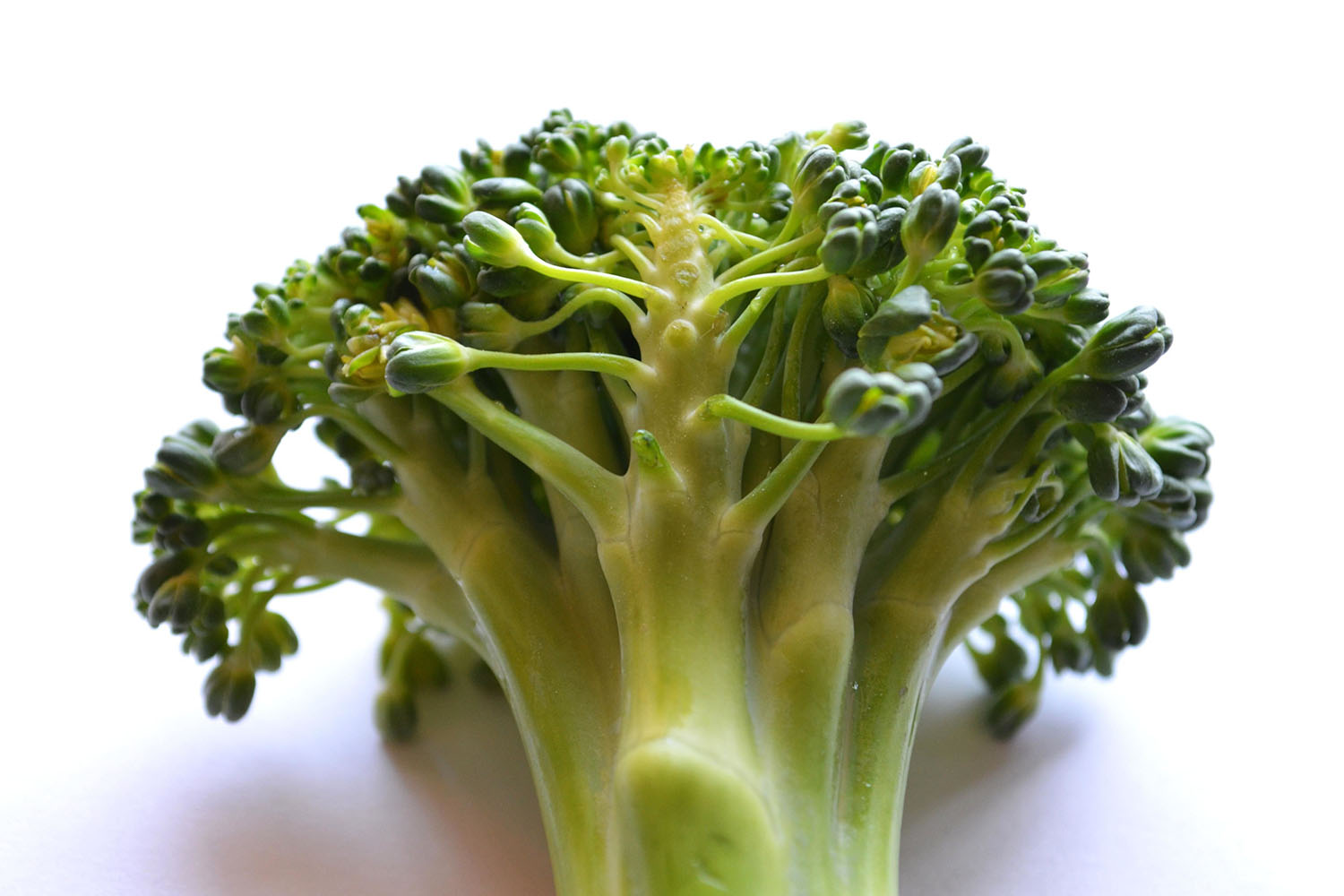
Bone Broth, Coffee House-style Drinks And Bacon Grease As A Flavour Enhancer
Lydia Beiler of Thrifty Frugal Mom offers her zero-waste tips:
“Don’t throw out chicken and turkey bones or carcasses. Instead, use them to make homemade rich, nutritious chicken stock! It’s super easy and is a great way to save money.
“If you end up brewing more coffee than you needed, don’t toss it out! Use it to make delicious homemade coffee house-style drinks such as a Caramel Frappuccino, Mocha Frappuccino or Iced Vanilla Latte.
“And lastly, there’s a lot you can do with leftover bacon grease! Use it to add delicious flavour to all sorts of food. You can drizzle it over popcorn, use it to grease the pan when frying eggs, add it to veggies when roasting or substitute it for a bit of butter in mashed potatoes.”
Lydia Beiler is the owner of ThriftyFrugalMom.com, where she shares easy, budget-friendly recipes, helpful money saving tips and useful homemaking ideas. She’s always looking for new ideas to help her family of six live well on a tight budget. Visit Lydia on Facebook, Instagram and Pinterest for inspiration.
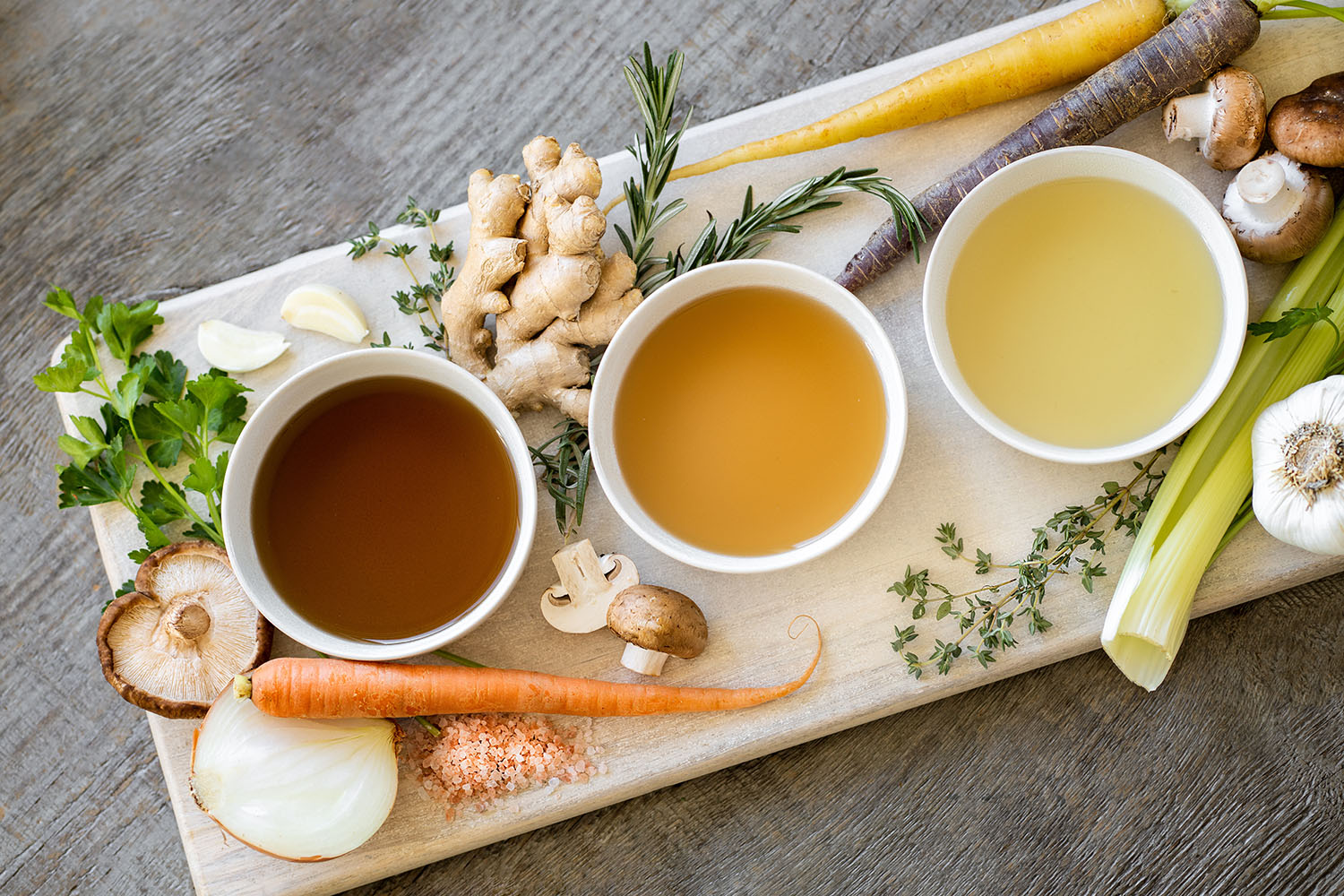
Banana Peels For Healthy Plants And Baking
Nadine Maffre of Zero Waste Memoirs offers her zero-waste tips:
“Not only are bananas the perfect zero waste snack (note that they come in their very own natural compostable packaging), but their skins also have countless uses too! One of my favourite ways to reuse banana skins is to use it to keep my plants healthy. First, use the skins directly on your houseplant’s leaves to keep them looking shiny and fresh. Simply wipe both sides of the leaves with the inside “fleshy’ part of the banana skin and you’ll do away with the dust easily!
“Once you’ve shined up the leaves, set the banana skins into a glass jar with some water and let them soak for at least a day. What results is a natural fertiliser that’s infused with potassium, magnesium, nitrogen, and phosphorus. Use the water to hydrate your plants as you would with normal water. The leftover banana peels can then be added to your compost heap where they may still contribute a little leftover potassium to the mix.
“If you don’t fancy yourself green-fingered, use those banana peels in your baking adventures instead! They can be added to cakes, made into a tea, or even added to your favourite banana-based ‘nice cream’! Of course, when using bananas for edible treats, or plant food, it’s always best if they’re organic, otherwise, you’ll be getting some nasties alongside your nutrients.”
Nadine Maffre champions sustainable living and makes eco-friendly choices on her blog, ‘The Zero Waste Memoirs’. She believes that sustainability is not about striving for perfection, but more a collective effort to make better choices in our everyday lives. Visit her on Facebook, Instagram and Pinterest.
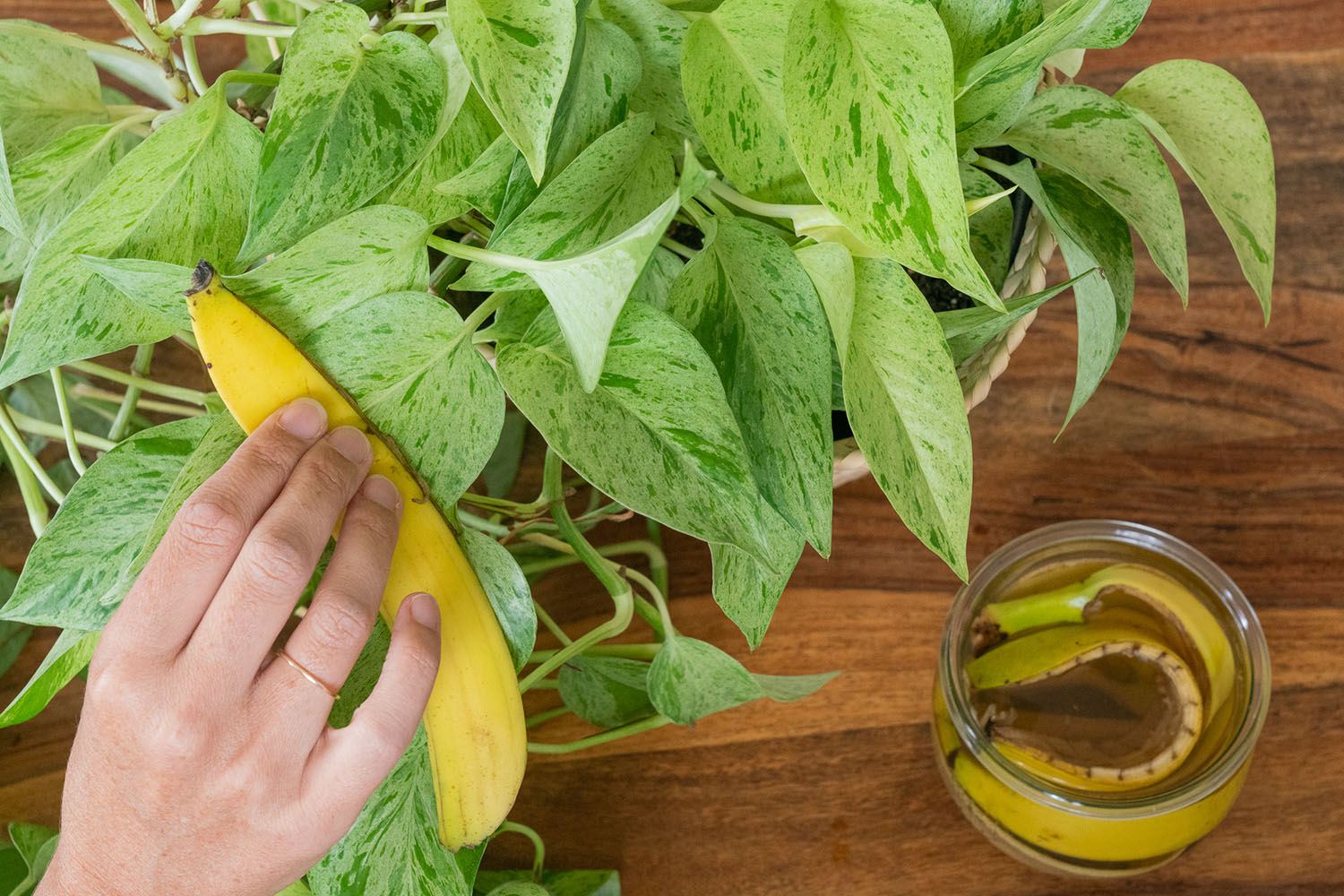
Photo courtesy: Nadine Maffre
Bell Peppers and Avocados For Crafts
Julie and Marcie of Platein28 offer their zero-waste tips:
“We love to take food scraps from our recipes and turn them into creative crafts and art projects for kids! Let’s say you’re cooking with veggies like bell pepper, lettuce or even bok choy. Instead of discarding the cut tops, consider reusing them to make stamp art. Simply dry the food scraps and paint the sliced edges. Then press the painted scraps onto paper to make beautiful stamp art! You can make flowers, balloons, or any design of your choice!
“For another idea, if you’re cooking with avocado, hold onto the skin to make a cute little boat. It’s super easy! First, remove all the flesh and dry out the skin. Then make a simple sail out of paper, attach it to the skin with a straw and tape, and get ready to float your boat! Bonus: kids will be challenged to position the sail, so their avocado boat is balanced and won’t tip.
“Whether it’s veggie scraps, leftover pasta or fruit pits, there are endless crafts you and your kids can make with your food scraps!”
Julie and Marcie are the sister-duo behind ‘Platein28’, a website that’s brimming with child-friendly activities as well as simple 28-minute recipes so kids can keep busy, and grown-ups can focus on cooking. As two moms, they understand the struggle of mealtime chaos and want to help! Follow them on Facebook, Instagram and Pinterest.
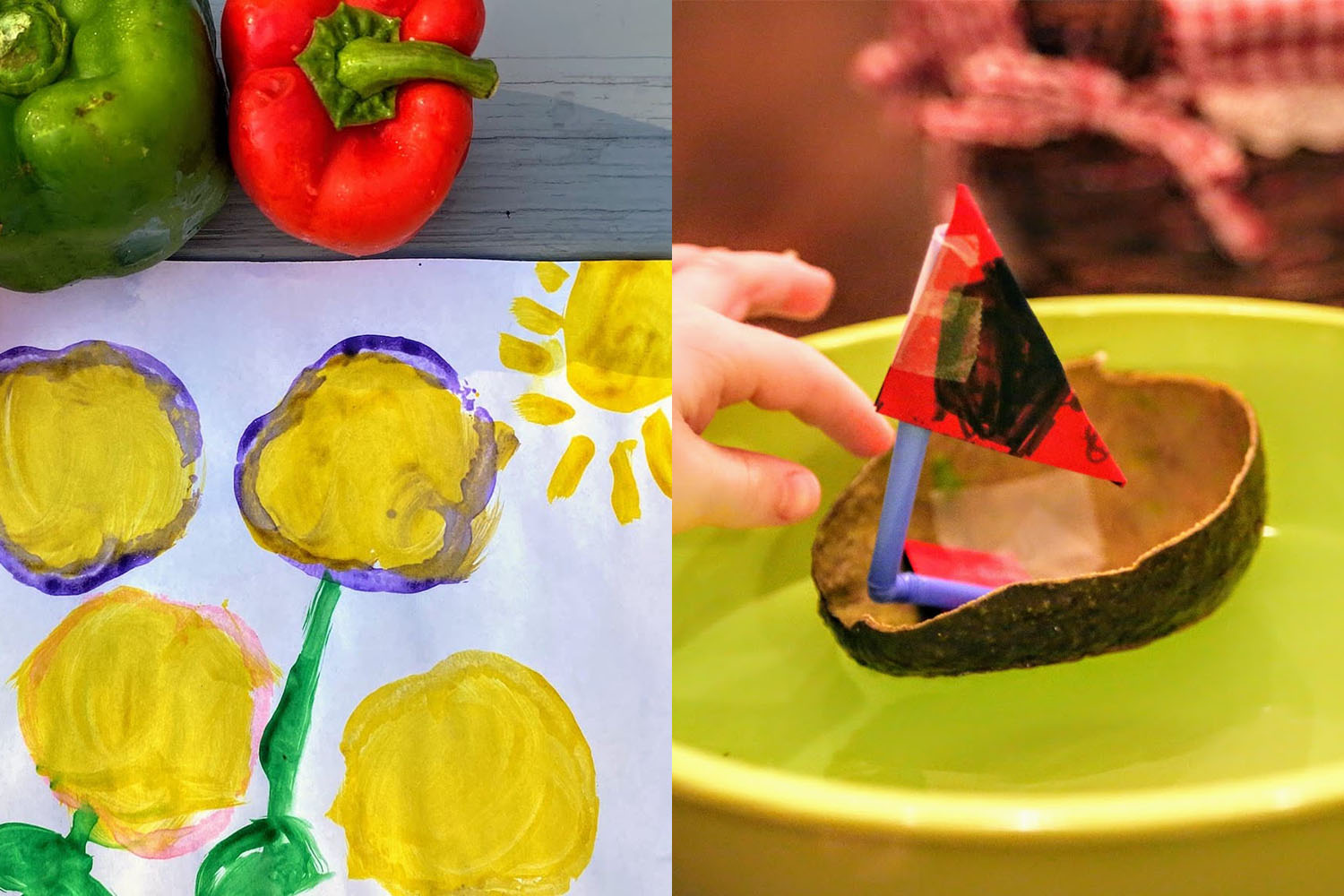
Photo courtesy: Julie and Marcie
Coffee Grounds As An Exfoliant
Heidi Kundin of Happiness is Homemade offers her zero-waste tips:
“Not only are recycled coffee grounds a great addition to the soil of many garden plants (your roses, hydrangeas, and carrots will LOVE them!), they’re also great for your skin! Use your leftover coffee grounds to make a DIY exfoliating coffee soap or coffee sugar scrub that will help keep your skin feeling fresh and silky smooth.”
Heidi is the founder and creative director of the blog, ‘Happiness is Homemade’ where she shares her fun all-ages craft tutorials, DIY projects, and printable activities with over 10 million readers each year. See Heidi on Facebook, Instagram and Pinterest.
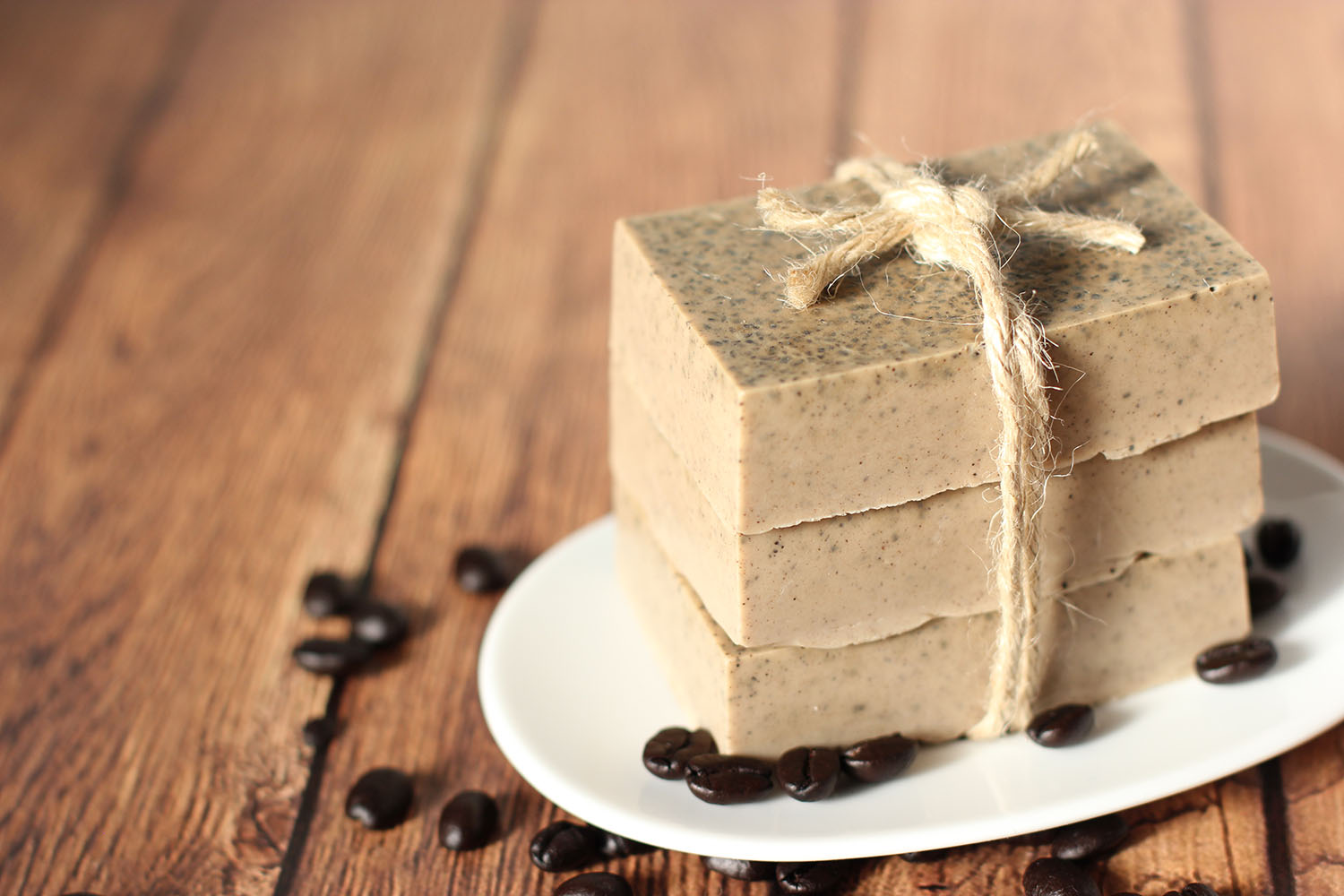
Photo courtesy: Heidi Kundin
Veggie Scraps For Soup And Regrowing Spring Onions From Scraps
Elizabeth Teo of Zero Waste Cutie offers her zero-waste tips:
“Growing up in a Chinese American family, we were always told that food should never be wasted. A quick and easy meal that I’ve learned from my grandmother and mother – both zero waste champions, is a delicious harvest vegetable soup. We always have it when the air starts to get chilly, and the leaves start to fall. They’d always toss in whatever leftovers we had in the fridge (from limp carrots to onion skins and the cores of corn) to add sweetness to the soup. For the base, you can also use leftover vegetable water from the day before or use it to water your plants!
“Another great way to reduce food waste is to regrow spring onions. Use the dark green tops as usual but save the bottom portions along with roots, place in a jar filled with water and watch them grow. Just make sure to change the water when it starts to get cloudy and place it near a window that gets some sunlight. It’s not only a great way to get more bang for your buck, but also makes a fun experiment for young children!”
Elizabeth Teo is a Chinese American environmental educator, consultant and content creator focused on creating awareness and providing actionable steps on environmental issues such as fast fashion, waste and climate change through an intersectional lens. Visit her on Instagram and Patreon.
View this post on Instagram
Veggie Scraps For Composting And Coffee Grounds As A Dye
Florine Hofmann of The Wasted Blog offers her zero-waste tips:
“Freeeeeze! And I mean that literally. The easiest, cleanest and most convenient way to compost is to simply freeze your scraps. No moulding, bad smells or liquids! Simply occupy a drawer in your freezer and transfer to your nearest compost bin when you get the chance.
“Reuse coffee grounds and use as a dye to turn your old, faded whites into a tailored nude colour. It’s akin to pulling two weeds with one yank – repurposes waste and gives the dustiest looking garment new life as well.”
Florine is a brand strategist and blogger with a sustainability agenda. She shares her journey on ‘The Wasted Blog’ with the aim to make sustainability a frequent consideration in everyday life decisions. Follow her on Instagram and YouTube.
Fruit Peels For A Scrappy Fruit Tea
Sophi Robertson of Your Eco Friend offers her zero-waste tips:
“I learned one of my favourite reuse tips a few years ago from @aintnoplanetb. I’ve since chatted with folks from around the world who shared similar versions of this, that they’d been brought up with – all of them based on being resourceful and making the most of what they had. I love hearing these memories about how their families taught them how to be mindful about food, and how they all continue to share these skills with their families.
“To get every bit of flavour out of your fruit, boil the peels! As you eat fruit throughout the week/month, scrub and save the fruit peels in a bag or container in the freezer. When it’s full, place fruit scraps (sweetener or a pinch of loose-leaf tea optional) in a saucepan and immerse in water. Bring to a boil, then turn off the burner and let steep for a couple hours. Strain and, if possible, compost scraps. Place the strained liquid in containers in the fridge, where it will remain good for five to seven days. We’ve started putting it into popsicle moulds with bits of cut up fresh fruit – my kid begs for these!”
Sophi, a zero-waste speaker and consultant, has been living a low waste lifestyle since 2016, with her husband and daughter in Ontario, Canada and has been featured in Elle Canada, Toronto Life magazine, CTV’s The Social, CBC’s Marketplace, CTV News, The National, The Toronto Star and The Globe and Mail. Her goal is to make a sustainable lifestyle fun, practical and accessible. She strives to educate, inspire and empower people to reach their eco goals through waste reduction and community activism. Follow her on Instagram.
View this post on Instagram

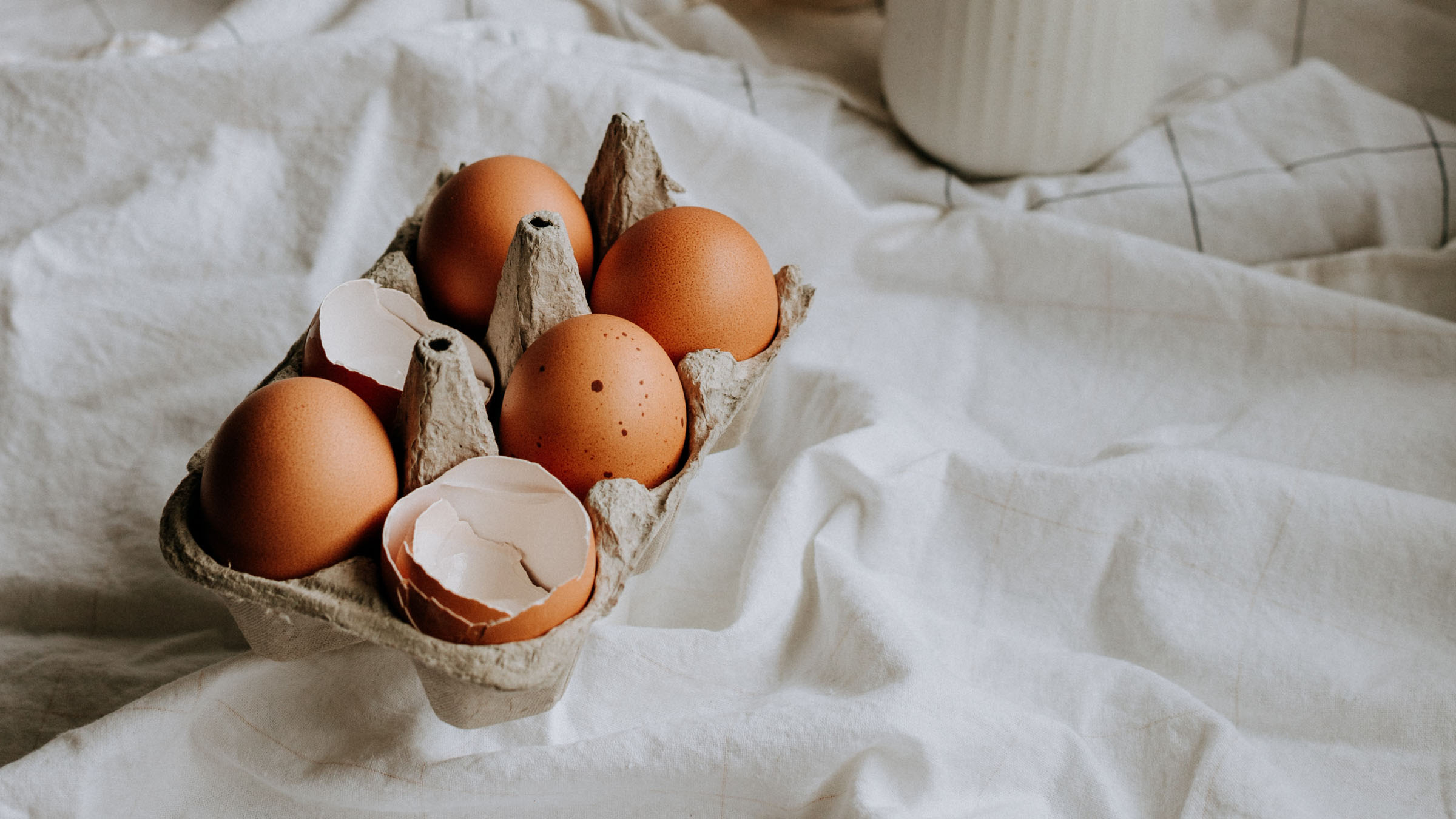












Sorry, the comment form is closed at this time.